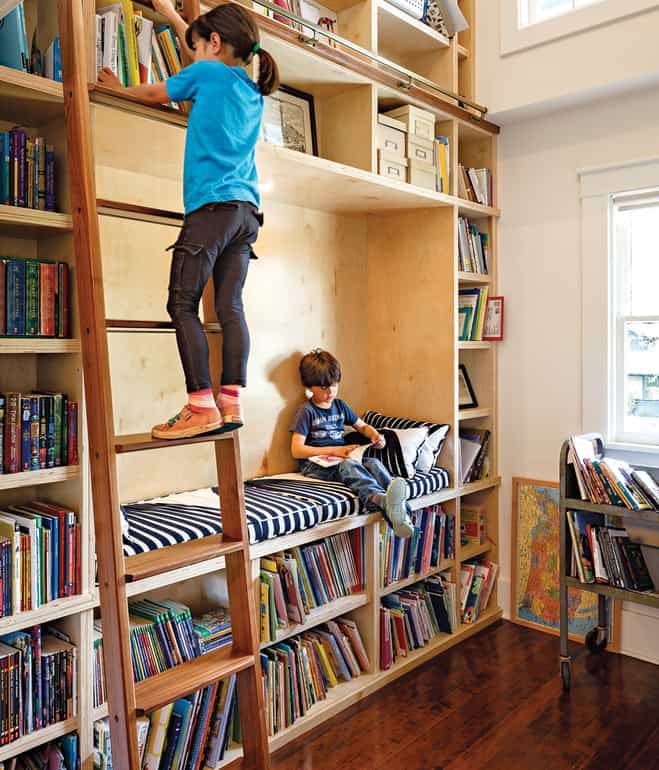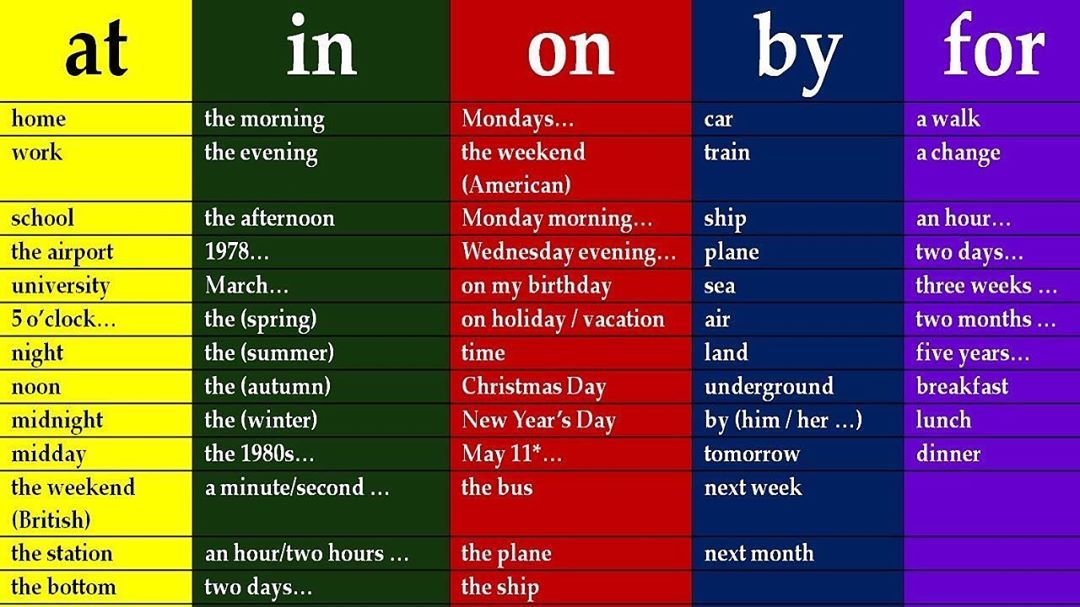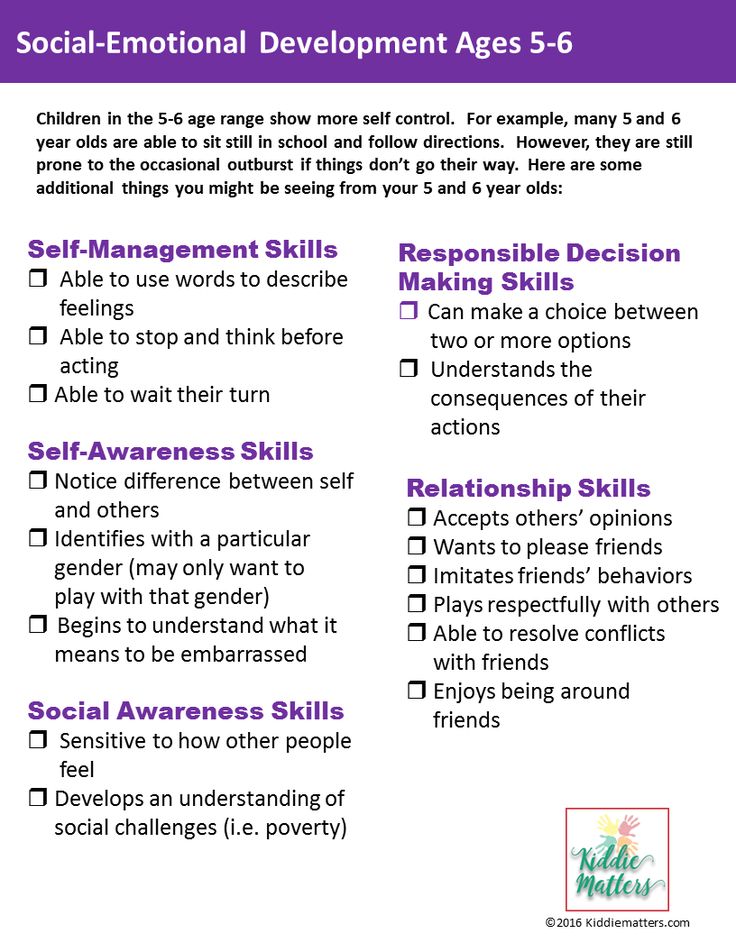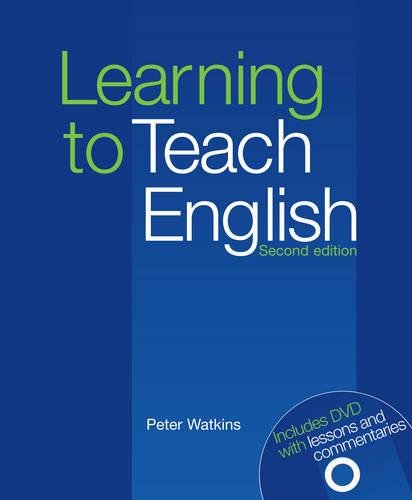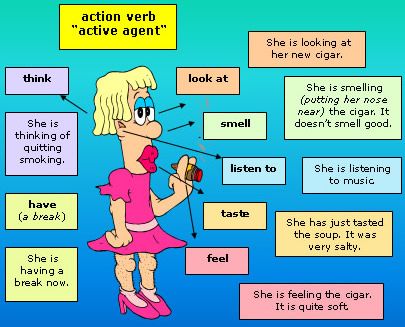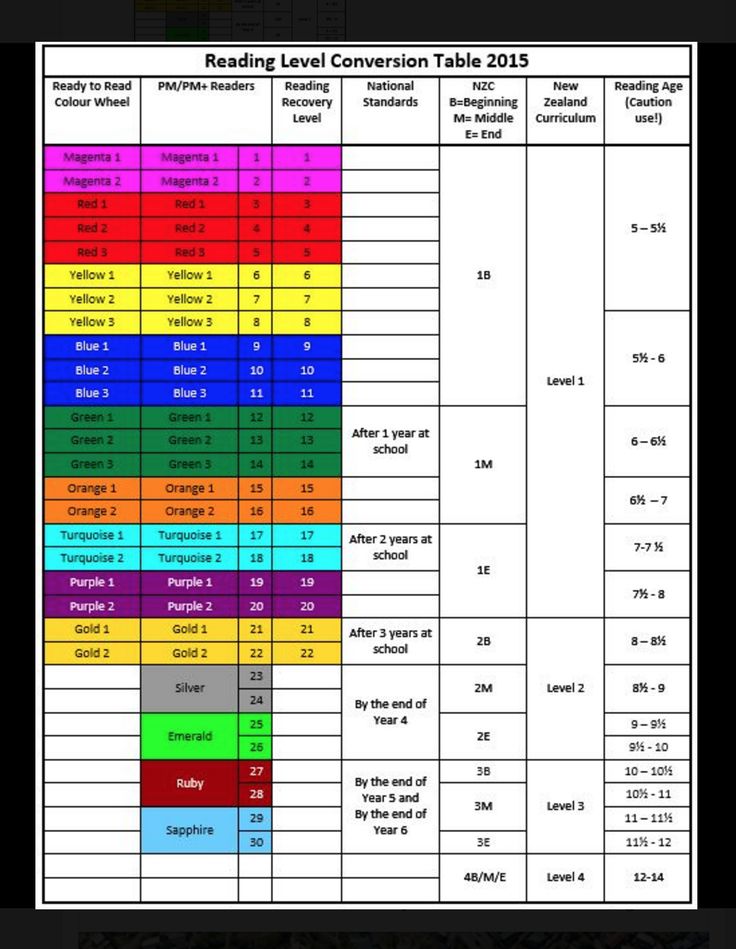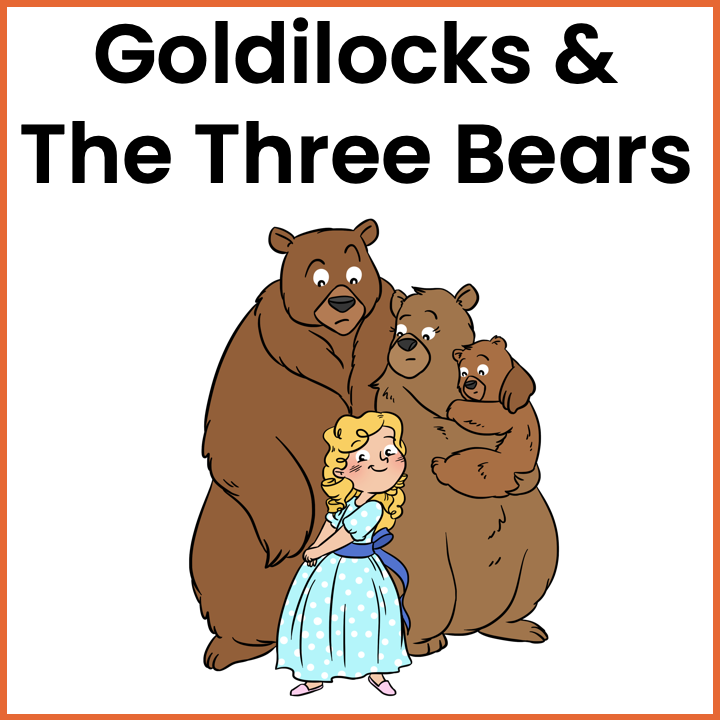Reading with children at home
Fun and Effective Ways to Read With Children
On this page
- Reading to 0-3 year olds
- Reading with preschoolers
- Reading with elementary school kids
Experts believe that reading to your child every day is one of the most important things parents can do.
Here are ideas for using this reading time to build your child's literacy skills while keeping it fun for both of you. Click below for ideas if your child is:
- 0-3 years old
- in preschool, Head Start, or day care
- in elementary school
If you are more comfortable with Spanish, then please read to your child in Spanish. This will not delay his or her learning of English.
For a list of great books to read with your child, see the Books & Authors section. It also has information on how to borrow books from the public library for free.
Reading to 0-3 year olds
Make reading a part of every day
Try to read to your child for at least 15 minutes each day. Bedtime is an especially good time to read together. You can read in Spanish or English.
Hold your child while you read
Sit with your child on your lap as you read. Let him or her hold the book and help turn the pages.
Read with fun in your voice
Use your face, body, and voice to make reading fun. Use different voices for different characters.
Know when to stop
If your child loses interest or has trouble paying attention, just put the book away for a while. A few minutes of reading is ok. Don't continue reading if your child is not enjoying it. With practice, your child will be able to sit and listen for a longer time.
Talk about the pictures
Point to the pages and talk about the pictures in the book. Ask your child to look at the pictures for clues to what the story is about.
Show your child the words
As you read the book, run your finger along the bottom of the words. Soon your child will realize it is the words that are read and not the pictures. If you're reading a book in Spanish, feel free to let your child know the English version of a word. Say something like "Perro is called dog in English."
If you're reading a book in Spanish, feel free to let your child know the English version of a word. Say something like "Perro is called dog in English."
Reading with preschoolers
Say how much you enjoy reading together
Tell your child how much you enjoy reading with him or her. Talk about "story time" as the favorite part of your day.
Surround your child with books
Try to have books in your home for your child to read. Books from a bookstore can be expensive, but there are places where you can get inexpensive books, such as second hand bookstores, garage sales, thrift shops, and library book sales. And of course, borrowing books from the library is free!
Let your child choose
Let your child pick out his or her own books. Letting your child read what interests him or her is one way that reading becomes fun.
Make reading special
Do things that will make books and reading seem special. Help your child get his or her own library card, buy books and books-on-tape as gifts, and use books as rewards.
Show your child the parts of a book
Look at the cover of the book. Talk about what the book might be about. Look at the page numbers. Tell your child who the author is and who the illustrator is.
Show how we read words on a page
Point out how we read words on a page from left to right and from top to bottom. Explain that words are separated by spaces.
Ask your child questions
Discuss what's happening in the story and point out things on the page. Ask your child questions such as: "What do you think will happen next?" or "What is this?"
Let your child ask you questions
If your child asks a question, stop and answer even if it interrupts the story. Find ways to talk about how the story relates to your child's life.
Read it again and again
Your child may want to hear a favorite story over and over. Go ahead and read the same book for the 100th time! This is beneficial for your child.
Let your child tell you the story
Many children memorize stories they've heard many times.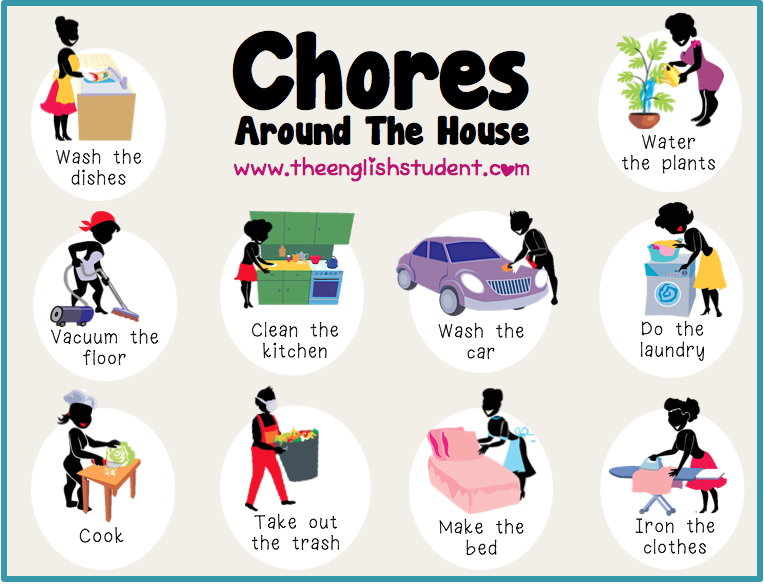 Let your child take a turn "reading" the book to you.
Let your child take a turn "reading" the book to you.
Talk about punctuation
Explain that punctuation is a way to show how we talk. You can say, for example, "When we talk, we usually pause a little bit at the end of a sentence. The way we show this in writing is to use a period."
Use books on tape
If you don't know English and would like for your child to hear stories in English, you can borrow books from the library that have audiocassettes, or CDs. Your child can listen to a story being read on tape as he or she follows along in the book. Or use computer programs such as Just Grandma and Me that highlight words on the screen as a voice speaks. Children can choose to hear the story and play the games in English, French, German, or Spanish.
Reading with elementary school kids
Encourage your child to read another one
Find ways to encourage your child to keep reading. If he or she likes one book, find another book with a similar subject or by the same author.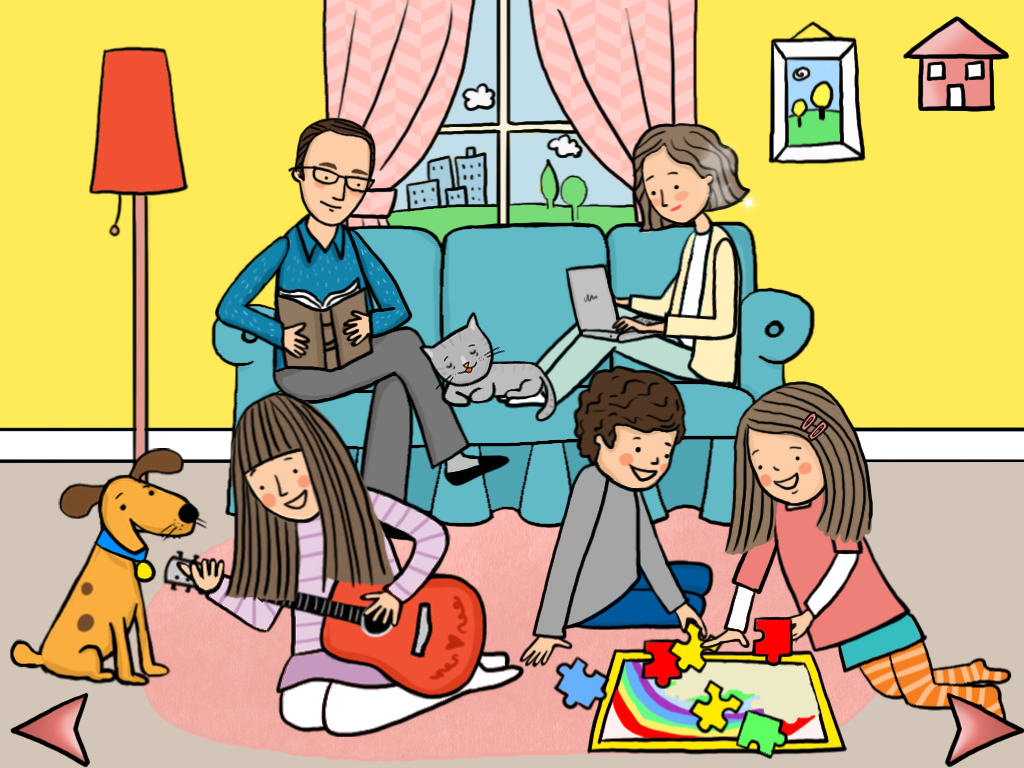 Ask a librarian or teacher for book suggestions.
Ask a librarian or teacher for book suggestions.
Take turns reading
Once your child can read, have him or her read aloud to you every day. You can take turns – you read one page and your child the next.
Make connections to your child's life
Help your child make connections between what he or she reads in books and what happens in life. If you're reading a book about a family, for example, talk about how what happens in the story is the same or different from what happens in your family.
Give your child an incentive to read
At bedtime, encourage your child to read. Offer a choice between reading or sleeping. Most kids will choose to read, as long as you don't offer something more tempting (like TV).
Try different types of books and magazines
Encourage your child to read different types of books, articles, or stories. Some kids, especially boys, prefer nonfiction books. Others like children's magazines.
Turn on the closed captioning on your television
When watching a television show with your child, try turning on the closed captioning channel.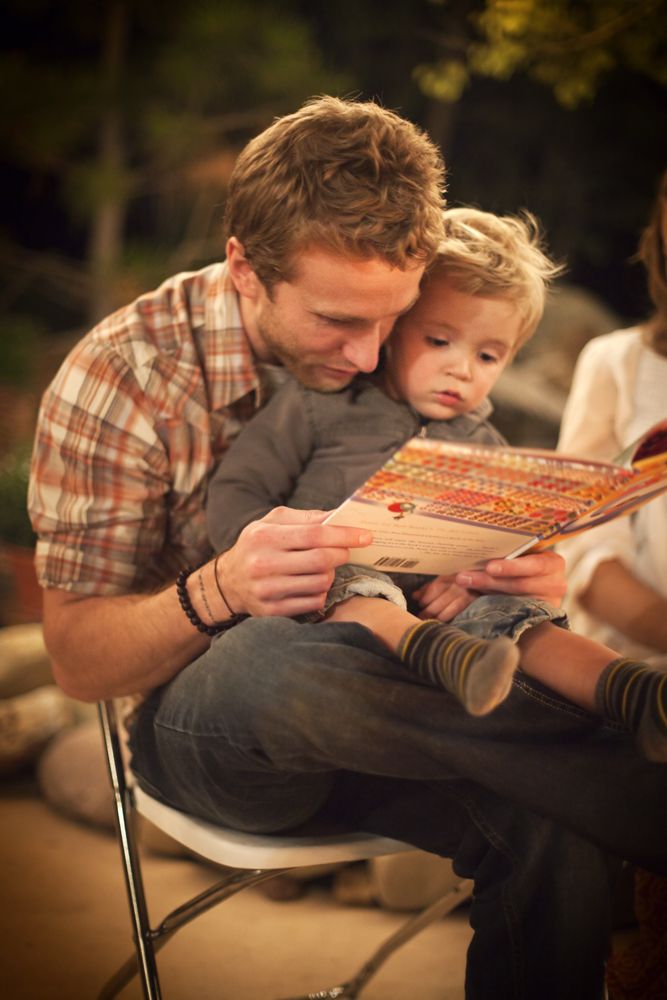 This shows the words the characters are speaking on the television screen. Some people find it's a good way to learn English!
This shows the words the characters are speaking on the television screen. Some people find it's a good way to learn English!
Reprints
You are welcome to print copies or republish materials for non-commercial use as long as credit is given to Colorín Colorado and the author(s). For commercial use, please contact [email protected].
Major support provided by our founding partner, the American Federation of Teachers, AFL-CIO.
With generous support provided by the National Education Association.
ADVERTISEMENT
Most Popular
Culturally Responsive Instruction for Holiday and Religious Celebrations
Language Objectives: The Key to Effective Content Area Instruction for English Learners
8 Strategies for Building Relationships with ELLs
Supporting ELLs in the Mainstream Classroom: 12 Strategies for Language Instruction
Tweets by @ColorinColorado
Reading with Your Child | Reading Rockets
By: Bernice Cullinan, Brod Bagert
There is no more important activity for preparing your child to succeed as a reader than reading aloud together.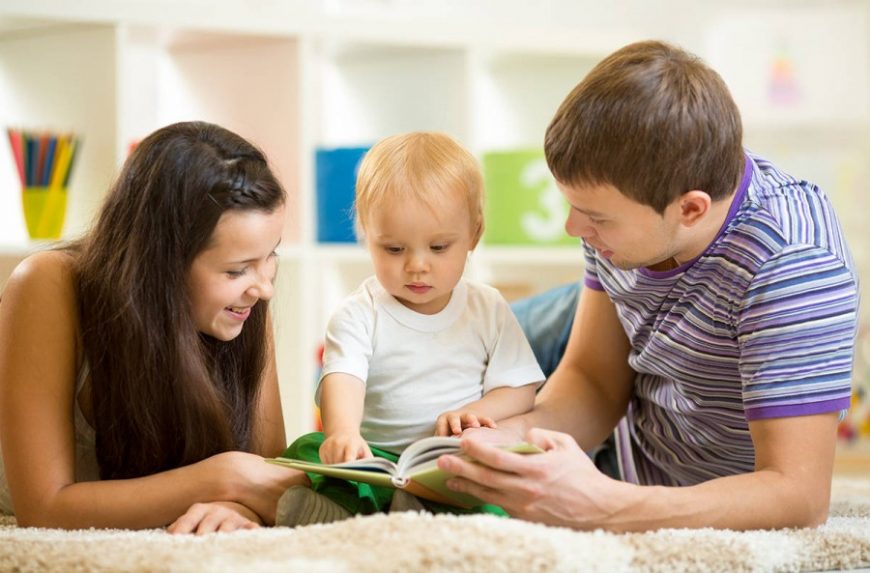 Fill your story times with a variety of books. Be consistent, be patient, and watch the magic work.
Fill your story times with a variety of books. Be consistent, be patient, and watch the magic work.
It's no secret that activities at home are an important supplement to the classroom, but there's more to it than that. There are things that parents can give children at home that the classrooms cannot give.
Start young and stay with it
At just a few months of age, an infant can look at pictures, listen to your voice, and point to objects on cardboard pages. Guide your child by pointing to the pictures, and say the names of the various objects. By drawing attention to pictures and associating the words with both pictures and the real-world objects, your child will learn the importance of language.
Children learn to love the sound of language before they even notice the existence of printed words on a page. Reading books aloud to children stimulates their imagination and expands their understanding of the world. It helps them develop language and listening skills and prepares them to understand the written word.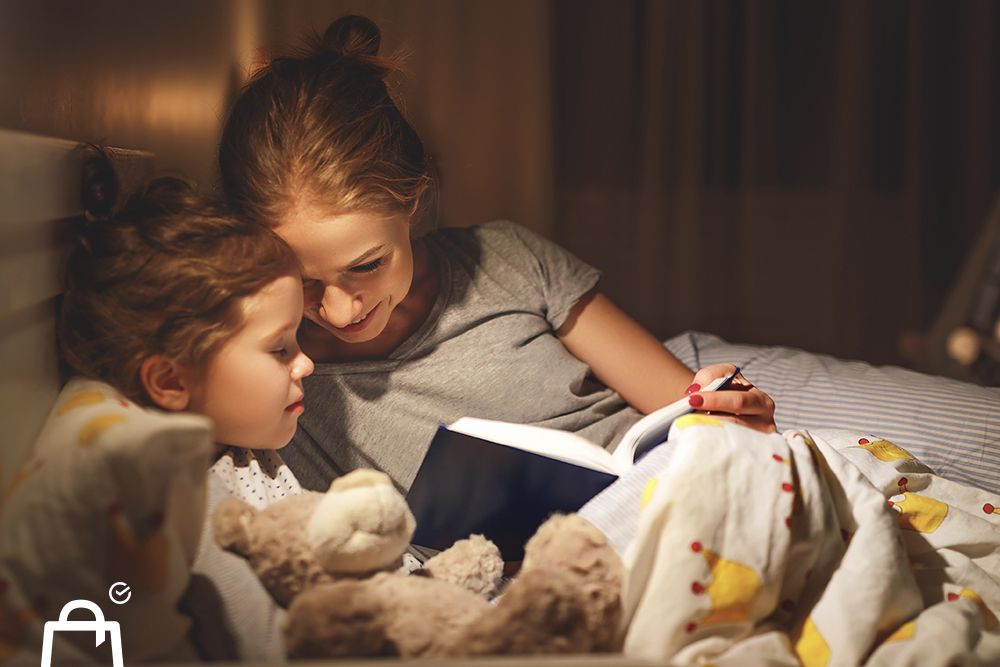 When the rhythm and melody of language become a part of a child's life, learning to read will be as natural as learning to walk and talk.
When the rhythm and melody of language become a part of a child's life, learning to read will be as natural as learning to walk and talk.
Even after children learn to read by themselves, it's still important for you to read aloud together. By reading stories that are on their interest level, but beyond their reading level, you can stretch young readers' understanding and motivate them to improve their skills.
It’s part of life
Although the life of a parent is often hectic, you should try to read with your child at least once a day at a regularly scheduled time. But don't be discouraged if you skip a day or don't always keep to your schedule. Just read to your child as often as you possibly can.
If you have more than one child, try to spend some time reading alone with each child, especially if they're more than two years apart. However, it's also fine to read to children at different stages and ages at the same time. Most children enjoy listening to many types of stories.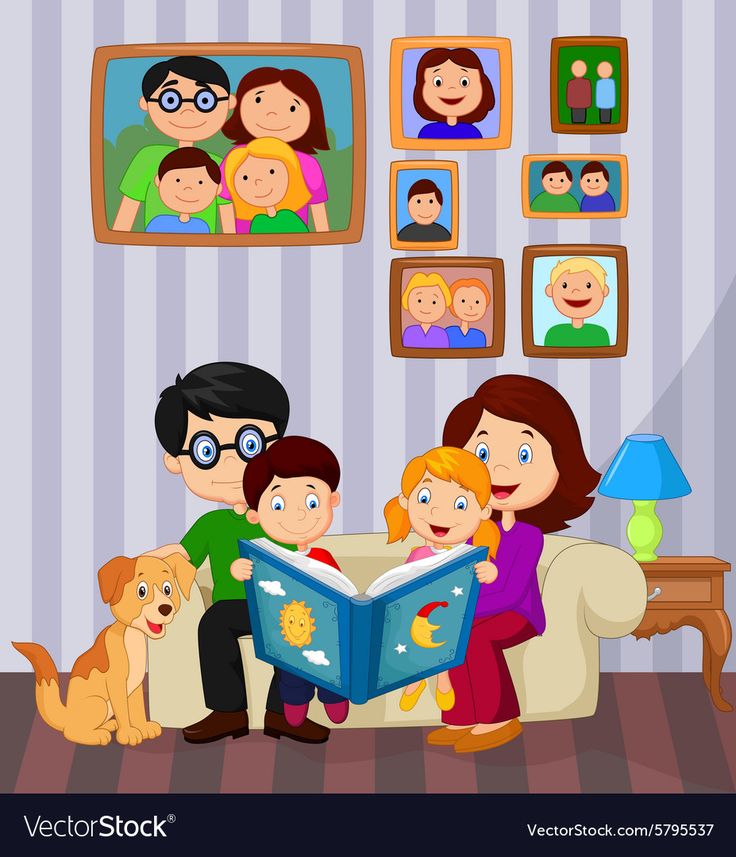 When stories are complex, children can still get the idea and can be encouraged to ask questions. When stories are easy or familiar, youngsters enjoy these "old friends" and may even help in the reading.
When stories are complex, children can still get the idea and can be encouraged to ask questions. When stories are easy or familiar, youngsters enjoy these "old friends" and may even help in the reading.
Taking the time to read with your children on a regular basis sends an important message: Reading is worthwhile.
One more time
You may go through a period when your child favors one book and wants it read night after night. It is not unusual for children to favor a particular story, and this can be boring for parents. Keep in mind, however, that a favorite story may speak to your child's interests or emotional needs. Be patient. Continue to expose your children to a wealth of books and eventually they will be ready for more stories.
Talking about stories
It's often a good idea to talk about a story you are reading, but you need not feel compelled to talk about every story. Good stories will encourage a love for reading, with or without conversation. And sometimes children need time to think about stories they have read. A day or so later, don't be surprised if your child mentions something from a story you've read together.
A day or so later, don't be surprised if your child mentions something from a story you've read together.
Remember when you were very young
It will help, however, if we open our eyes to some things adult readers tend to take for granted. It's easier to be patient when we remember how much children do not know. Here are a few concepts we adults know so well we forget sometimes we ever learned them.
- There's a difference between words and pictures. Point to the print as you read aloud.
- Words on a page have meaning, and that is what we learn to read.
- Words go across the page from left to right. Follow with your finger as you read.
- Words on a page are made up of letters and are separated by a space.
- Each letter has at least two forms: one for capital letters and and one for small letters.
These are examples of hieroglyphics.
Imagine how you would feel if you were trying to interpret a book full of such symbols. That's how young readers feel. But, a little patience (maybe by turning it into a puzzle you can solve together) is certain to build confidence.
That's how young readers feel. But, a little patience (maybe by turning it into a puzzle you can solve together) is certain to build confidence.
Advertise the joy of reading!
Our goal is to motivate children to want to read so they will practice reading independently and, thus, become fluent readers. That happens when children enjoy reading. We parents can do for reading what fast food chains do for hamburgers? ADVERTISE! And we advertise by reading great stories and poems to children.
We can help our children find the tools they need to succeed in life. Having access to information through the printed word is an absolute necessity. Knowledge is power, and books are full of it. But reading is more than just a practical tool. Through books we can enrich our minds; we can also relax and enjoy some precious leisure moments.
With your help, your children can begin a lifelong relationship with the printed word, so they grow into adults who read easily and frequently whether for business, knowledge, or pleasure.
Reading at home, reading together! WeReadBooks.info
Reading to children from an early age is the key to their success in life, because reading develops
- speech, making it correct, beautiful, rich,
- imagination, which in the future will become the basis of creative thinking,
- figurative and logical thinking is the key to successful learning and professional growth.
A child to whom books are regularly read,
is more self-confident,
is better adapted to life, because his reading experience is assimilated as personal,
- internally calm, because he feels the closeness of his relatives while reading a book,
- sees his parents as friends with whom he learns new things every day, discusses important things while reading a book.
Help your child to succeed in life: read books and tell him stories. You will be rewarded in the future.
On our website "Reading Together" you will find information on WHAT and HOW to read with children from infancy to primary school age.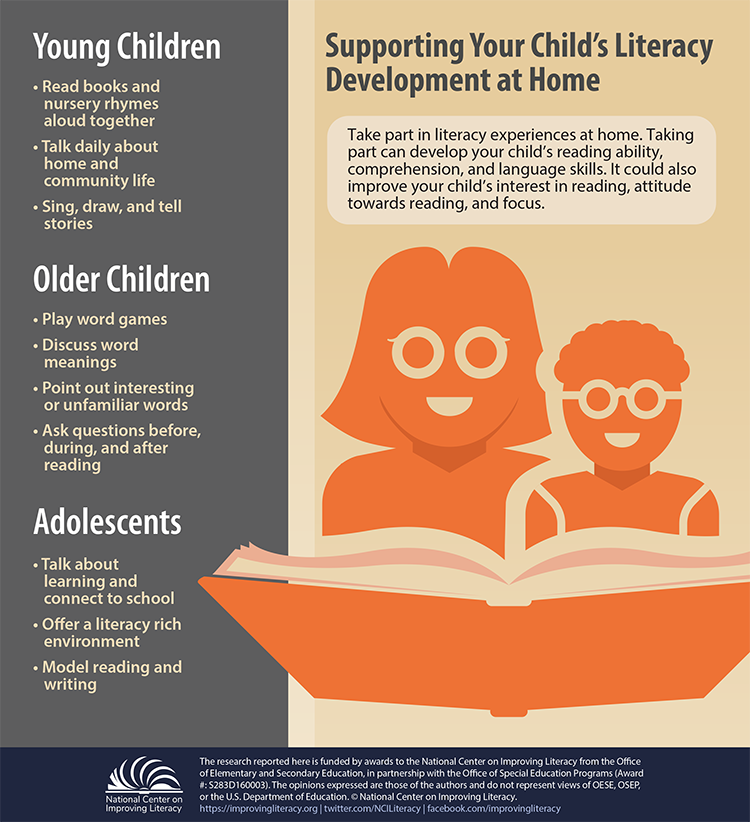 This is the age when a book enters a child's life solely thanks to the family. Also on the site you will learn what an illustration should be in a children's book, how to combine reading and watching a cartoon (movie), how to make a book trailer about your favorite book yourself, how home and professional theater will help when reading children's literature, etc.
This is the age when a book enters a child's life solely thanks to the family. Also on the site you will learn what an illustration should be in a children's book, how to combine reading and watching a cartoon (movie), how to make a book trailer about your favorite book yourself, how home and professional theater will help when reading children's literature, etc.
BOOK OF FAIRY TALES
"If you want your children to be smart, read fairy tales to them. If you want them to be very smart, read them ... a lot of fairy tales" (A. Einstein).
What should a fairy tale be like in the 21st century in order to please a modern child? In 2020, the Literary Institute. A.M. Gorky held a competition of fairy tales, in which more than 200 authors took part. The best fairy tales were chosen by writers, illustrators, teachers, but the most important members of the jury were children. Based on the results of the competition, the BOOK OF FAIRY TALES was created.
GO TO THE BOOK OF FAIRY TALES
We are happy to cooperate with readers, educators, librarians, reading families.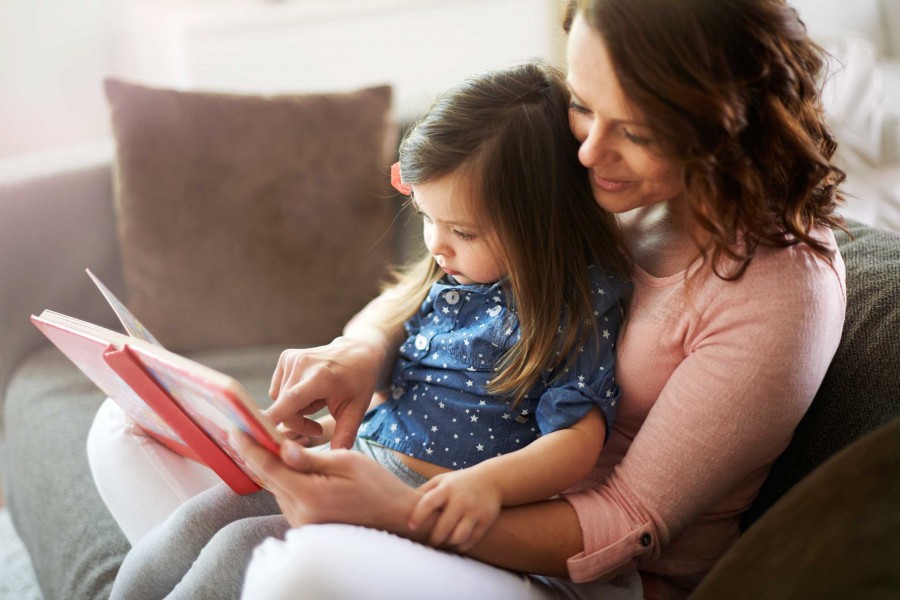 If you would like to offer useful material for publishing on the site, write to the email address: [email protected]
If you would like to offer useful material for publishing on the site, write to the email address: [email protected]
“Words Reading , Read Released by the ancient Indian -
observes, thinks, learns, understands
Max Vasmer Etymological Dictionary of the Russian Language
“Alit lectio ingenium —
Reading nourishes the mind”
Latin proverb
“Reading is a window
through which children see and cognize the world and themselves.
Vasily Alexandrovich Sukhomlinsky
“When reading authors who write well,
get used to speaking well.
Voltaire
“My father always said: “Never trust people who have a
TV set bigger than a bookshelf.” That's why I read. "
Emilia Clarke
What and how to read to a child at home. | Advice on the topic:
Advice for parents.
Senior teacher MADOU DSOV №19 Chernysheva Irina Lvovna
What and how to read to a child at home.
Issues of introducing children to fiction occupy an important place in modern domestic pedagogy. At the beginning of the 21st century, numerous problems of the modernization of society affected the opportunities for access to culture and education, which affected both adult reading and children's reading. Summarizing the analysis of the processes taking place in recent years, the researchers note the manifestation of the following negative trends in this area: a decrease in interest in books, a slow entry of children into book culture, and a reduction in the share of reading in the structure of free time of the younger generation.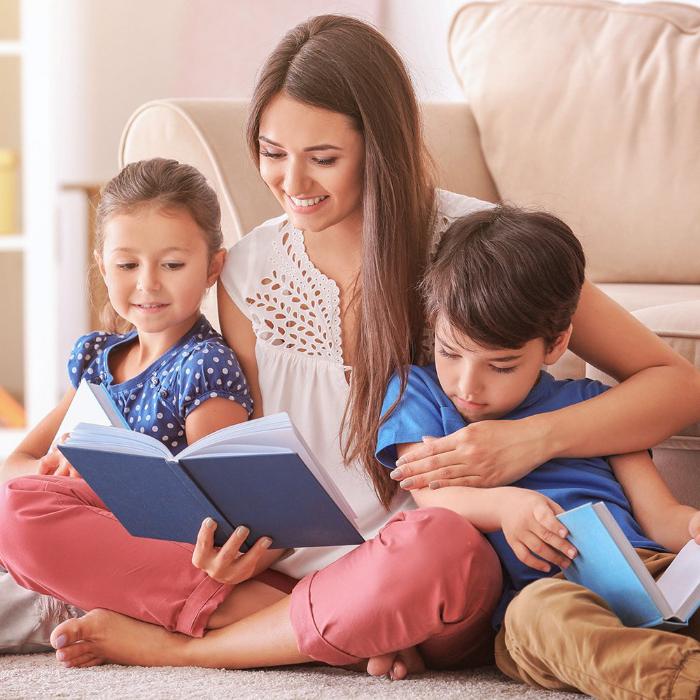 The reading process is significantly influenced by the powerful development of audiovisual media. Increasingly, the first acquaintance of children with classical literature occurs through the Internet and television. Nevertheless, the importance of reading, the functional literacy of a person is fully recognized by both the pedagogical community and society as a whole. The 21st century began with a worldwide focus on reading: the United Nations declared 2003-2012 the UN Literacy Decade.
The reading process is significantly influenced by the powerful development of audiovisual media. Increasingly, the first acquaintance of children with classical literature occurs through the Internet and television. Nevertheless, the importance of reading, the functional literacy of a person is fully recognized by both the pedagogical community and society as a whole. The 21st century began with a worldwide focus on reading: the United Nations declared 2003-2012 the UN Literacy Decade.
It becomes obvious that at the present stage the issues of raising children's interest in fiction require increased attention from both teachers of preschool educational institutions and parents. The radical changes taking place in all spheres of society bring to the fore the problem of finding ways to improve the processes of education and training of the younger generation. Pedagogical work, including the involvement of children in the book, must be carried out taking into account modern approaches to the organization of children's activities, allowing in practice to apply the principles of cooperation and co-development.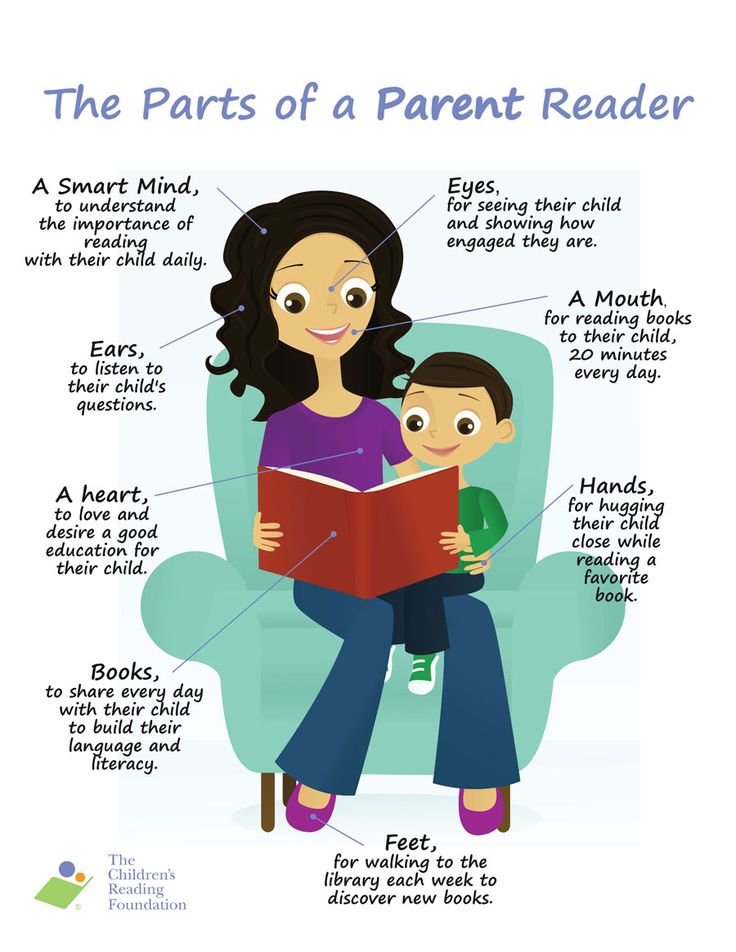
Dear adults, when choosing books and then familiarizing your child with them, pay attention to the following:
- A book for a preschool child must be illustrated. Pictures should be organically connected with the text, visually and expressively display the most significant moments of the content of a work of art. It is desirable that illustrations accompany the text, but do not dominate it. The older the child, the fewer illustrations there may be. When choosing books, preference should be given to those illustrated editions where the images of people, animals, objects are realistic.
-Choose books according to the age and interests of the child. For children of primary preschool age, read nursery rhymes, short poetic tales, fairy tales about animals. Children of senior preschool age are interested in stories about other children, fairy tales and everyday life.
- Read voluminous (“thick”) books to older preschoolers. The reading of each part of a long book (reading with continuation) should be accompanied by a recall of what was read the day before. Ask the child: “Where did we stop yesterday?” Be sure to bookmark.
Ask the child: “Where did we stop yesterday?” Be sure to bookmark.
-Try to read according to a certain system, for example, introduce the child to several works by the same author. Before reading a book, regardless of the age of the child, be sure to name the name of the writer or poet, the genre and title of the work. For example: “I will read you a Russian folk tale “Sister Alyonushka and brother Ivanushka”. Alternate reading works of different genres: stories, fairy tales and poems.
-Reread familiar books many times. Reading a work once, the desire to read as much as possible, does more harm than good. Children do not remember what is read to them, as a result, a bad habit is formed to treat the book superficially.
- Do not use literary characters as a model for the implementation of the rules of conduct (you need to wash your hands like a book character). The educational function of literary works is self-sufficient. The child should not perceive the book as a set of rules, otherwise he will begin to hate it quietly, and sometimes even resist what it says.